The Staircase Hall
The cast-iron balustrade of the staircase is one of the few Victorian features to have survived the sweeping changes to the interior of Buscot made by the 2nd Lord Faringdon in the 1930s. The stairs were rearranged during the alterations, when Lord Faringdon’s architect, Geddes Hyslop, contrived the vista between columns at first-floor level, through to the window on the East front.
The late eighteenth-century ceiling paintings came from Badger Hall in Shropshire, remodelled in 1779-83 by James Wyatt and demolished in 1952. The owner, Isaac Hawkins Browne, MP, wanted the novel ‘mechanical paintings’ developed by Matthew Boulton, but by 1781, Boulton had already given up the process and referred Browne to his best ‘toucher-up’, Joseph Barney of Wolverhampton. Besides finishing Boulton’s mechanical paintings, Barney had trained under the Italian decorative painter Antonio Zucchi, and these paintings are his greatest surviving works.
The Wind Direction Indicator on the wall above the longcase clock in the Staircase Hall was originally driven by a series of rods and bevel gears by a weather vane on top of the roof. The system was probably installed during the early part of the last century. However, later alterations to the house resulted in the weather vane being disconnected. The weather vane was restored in 1983 and is now used to drive an electronic position transmitter in the roof. This sends a signal down a cable to a receiver, mounted behind the wind direction indicator, which turns the hand. The hand then follows any change in direction of the weather vane.
Pictures
The pictures are, for the most part, Italian. On the half-landing the St Jerome (no. 41) is a good example of the work of Palma Giovane. But the outstanding picture is by Esteban Bartholomé Murillo, Faith, or The Church Triumphant (no.70). It is originally from a set of four canvasses commissioned for the Church of Santa María la Blanca in Seville and removed during the Peninsular War (1808–14); two of the other pictures in the series now hang in the Prado, Madrid, and the third is in the Louvre, Paris.
The small collection of Old Master drawings displayed at the far end of the staircase wall includes some sensitive studies of hands by Sir Peter Lely (1618-1680), Principal Painter to Charles II, and A Pilgrim, perhaps by Lodovico Carracci (1555-1619). Other drawings are An Allegory of Winter, attributed to Carlo Maratta (1625-1713) and The Denial of Peter, attributed to Guercino (1591-1666). The group in the single frame includes three studies by Rembrandt’s pupils: The Angel seated on the Tomb, The Good Samaritan tending the Wounded Man, and The Good Samaritan coming upon the Wounded Man. The large profile Head of a Woman above the door to the Sitting Room is a fragment of a cartoon by Pietro da Cortona for the ceiling of the Barberini Palace in Rome.
Furniture and Sculpture
The furniture here includes an Empire side-table (a larger version of the pair in the Entrance Hall); four early nineteenth-century hall chairs with fan-shaped backs in the Biedemeier taste (probably Viennese and similar to furniture by Johann Nepomuk Geyr of c.1825–30); a walnut long-case clock decorated with floral marquetry, of early eighteenth-century date, by Nicolaes Nieuwenhoff of Amsterdam; and a mahogany card-table of about 1760. Standing on the early nineteenth-century bookcases nearby are several bronzes; they include Onslow Ford’s Linus (see the Lady Lever Gallery in Port Sunlight), the Borghese Warrior (after the antique marble at the Louvre) and a seated Mercury (after the original in the Museo Nazionale in Naples). The bronze horse is almost certainly the work of the Giambologna-Susini workshop in Florence.
The intriguing Gothic fretwork doors in cuban mahogany (on either side of the window overlooking the swimming-pool at the end of the passage) were salvaged by the 2nd Lord Faringdon from 18 Arlington Street, London, the London residence of his grandfather Alexander, 1st Lord Faringdon, which was demolished in 1935 to make way for the Arlington House apartment block. Known as Pomfret Castle, this extraordinary Gothic revival 'castle' overlooking Green Park, complete with battlements and gatehouse, was designed by Richard Biggs in 1757-60 for Henrietta, Dowager Countess of Pomfret.
On the half-landing, the two giltwood satyr torchères, on tripod bases, date from the second quarter of the nineteenth century, no doubt inspired by seventeenth-century prototypes. The Spanish seventeenth-century walnut folding table at the top of the stairs supports a bronze of three male figures, entitled Au But by Alfred Boucher. The model for it was exhibited at the Salon des Beaux-Arts in Paris in 1886, where it won a first class medal.
In the window recess the glass and bronze sculpture is called The Three Graces, by local Oxfordshire artist, Johannes von Stumm. It was commissioned by the Trustees of The Faringdon Collection.
Objets d'Art
On the Empire side-table are two contemporary glass sculptures by Colin Reid; R1070 and R1192. They are made of cast optical glass overlaid on copper and were completed in 2002 and 2004 respectively. Beneath the table is a large Meissen covered vase in the Augustus Rex style.


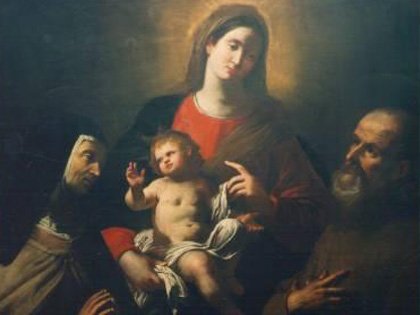
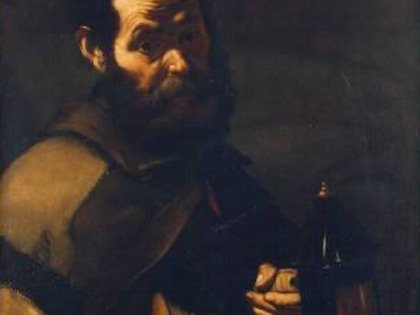

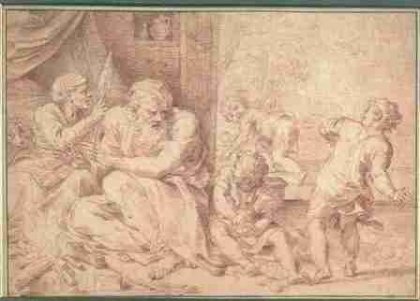
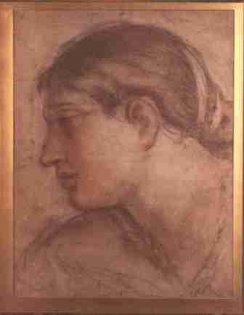
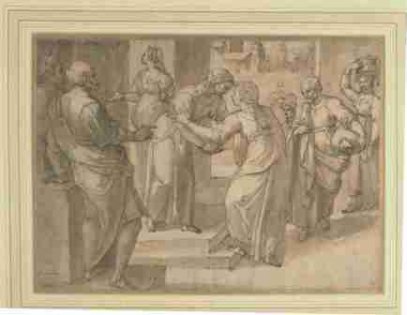












 = House & Grounds Open
= House & Grounds Open = Grounds Open Only
= Grounds Open Only = Closed
= Closed

 >
>